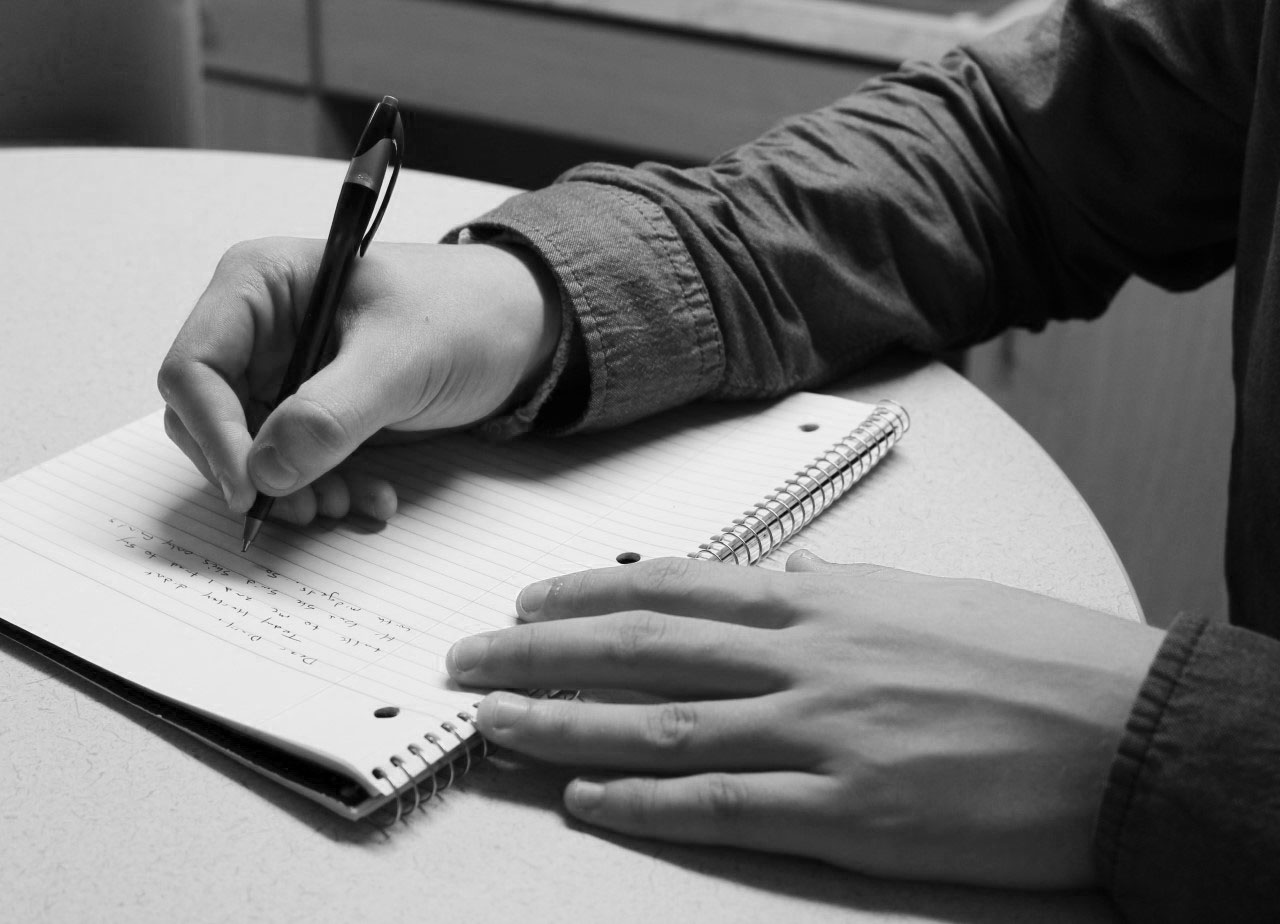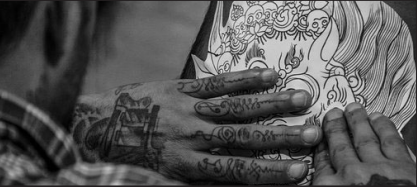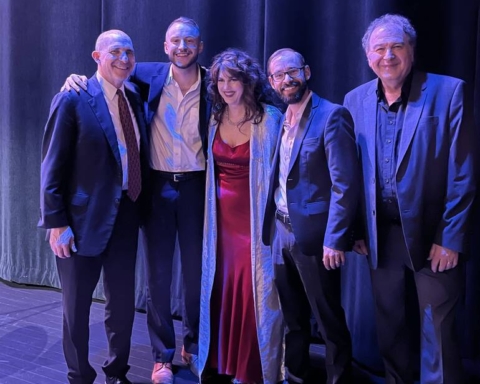Writing: It’s the intersection of art and life.
A lot of what we know to be true about this crazy, confusing gift of life stems from writing, arguably the most important art form we know.
Throughout our lives, we’re constantly learning—whether intended or not. In reality, that mental growth often stems from either verbal or written communication. More often than not, the knowledge communicated verbally still stems from written word.
Whether fiction or nonfiction, different forms of writing tell stories through a diverse set of lenses. Nonfiction pieces—historic documents, newspaper accounts and novels—tell the facts, providing knowledge and allowing for thoughtful reflection afterwards.
Fictional writings—poems, creative essays and, sometimes, even plays—draw on intricate vocabulary and intention-lined word choice for storytelling.
These pieces have a more emotional impact.
Through and through, though, knowledge is still shared, so, while immersing ourselves in writing, we’re forming different outlooks on life.
In this perspective-building exchange, we have a choice to either serve as reader or writer—and, sometimes, we opt to serve as both. In either case, we hold a degree of responsibility.
The writer shapes our views on life, so, they’re expected to remain honest. Really, even in an imagery-heavy, larger-than-life fictional work, a story lined with truth is still being told.
No matter how abstractly the story’s portrayed, there’s still an underlying lesson learned that inspired these pieces. Most often, people write about things that intrigue or move them, whether inanimate objects, significant persons or life events.
Two shining examples of this: Both Chimamanda Ngozi Adichie’s “We Should All Be Feminists” and Maya Angelou’s “Still I Rise,” two of my favorite written works. Here, the writers take different routes to provide a commentary on the same issue.
While Adiche’s piece speaks directly from experience—citing specific life events—Angelou poetically elaborates on her overcoming of societal gender restraints. Still, they focus on feminism and take a risk, putting their experiences on the line in the name of helping their readers question the long-held boxes of conformity we put people in.
There’s a sense of ethicality to writing—especially writing of this kind. Writers should reflect upon what’s worth sharing because, much like water on a sponge, that information will be absorbed and transformative. Both Adichie and Angelou do this flawlessly.
As readers, and we all are, we’re held to an expectation that we open our hearts to the stories we choose to read. Likewise, we ought to be mindful of what we read and give our attention to, as these stories, again, shape our truths. When we read stories, we should keep in mind they stem from the writer’s inspirations, downfalls and everything in-between.
Writers take a risk when they first open their laptop screens or make that first pencil swipe. In that moment when storytelling commences, they choose to share a story that has moved them, initiate a conversation and maybe even start a movement.
Writers take this risk in the hope that we’re not only receptive to their words but, in turn, moved by them and called to action. We’re expected to pass on the knowledge these stories offer, if worthy, and continue shaping the world we ought to be living in.
mcgurllt14@bonaventure.edu









